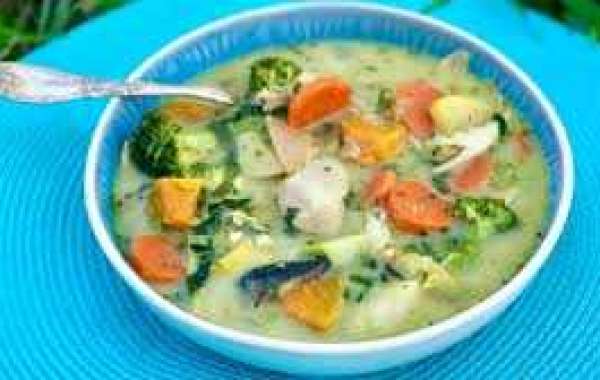As consumer awareness of and interest in more sustainable and environmentally friendly products has increased, demand for natural fibers has also increased. The global textiles market was valued at $830.0 billion in 2015, with natural fibers accounting for nearly 46% of the total by volume, according to market research firm Grand View Research. Cotton alone accounted for more than 39.5% by volume. Demand for natural fibers will only increase going forward.
Consumers who want natural fabrics that are waterproof yet still produced using environmentally friendly processing methods have been challenged to find suitable products, however. Many conventional Waterproof Resin Coating have been shown to persist in the environment and accumulate in the body. The perfluorinated long-chain polymers commonly used in traditional coatings are, in fact, according to Massachusetts Institute of Technology (MIT)
There is hope, however. Varanasi and a team of researchers at MIT have developed a nontoxic coating that adds water-repellency to natural fabrics such as cotton and silk and is more effective than existing coatings, according to the paper they published in the journal Advanced Functional Materials. The team has modified shorter (less than eight carbons) chain fluorinated polymers that have some limited hydrophobic properties and applied them to fabrics using initiated chemical vapor deposition (iCVD)
Unlike for traditional water-repellent coatings, which are liquids, the iCVD process is conducted without liquids at low temperature. This development is important, because immersion of fabrics in liquid coating solutions clogs the pores of the fabric, resulting in the need for an additional manufacturing step–thus more time and cost–to reopen the pores by blowing air through the fabric, according to Varanasi. Some of the protection is also lost in this step.
The iCVD process generates a very thin, uniform coating that follows the contours of the fibers and does not lead to any clogging of the pores. A second step (similar to sandblasting) can be added if desired to further improve the water repellency. “The biggest challenge was finding the sweet spot where performance, durability, and iCVD compatibility could work together and deliver the best performance,” says lead author Dan Soto, who was a post doctoral student when the research was conducted. In general, the new coating and application process together offer better protection than traditional “water-repellent” coatings, which should more accurately be described as “water-resistant” since water eventually penetrates the fabric, according to Varanasi.
When fabrics protected with the new coating system were subjected to various tests, including a standard rain test used by industry, they exhibited repellent properties, not only with water, but other liquids as well: coffee, ketchup, sodium hydroxide, and various acids and bases. Repeated washing was also shown not to degrade the coating. Similarly, severe abrasion testing (10,000 repetitions) did not alter the coating, although the fibers in the fabrics were damaged. The new Polyurethane Waterproof Coating has been applied to a variety of fabrics as well, including cotton, nylon, and linen, and on fabrics with different weave patterns. It can also be applied to paper and














